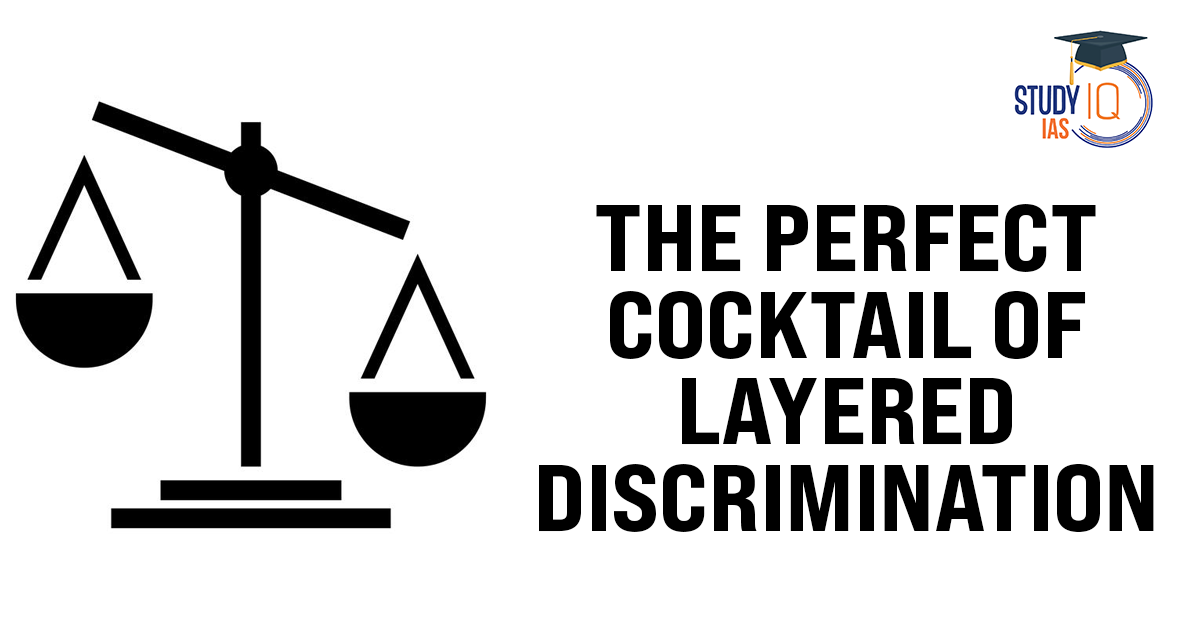Table of Contents
Background on Delimitation
- Delimitation refers to the process of redrawing the boundaries of electoral constituencies.
- Article 82 of the Indian Constitution mandates that the number of Lok Sabha seats per state be recalibrated after each Census by the Delimitation Commission.
- The last delimitation occurred based on the 1971 Census, and subsequent governments, including those led by Indira Gandhi and Atal Bihari Vajpayee, suspended this process for extended periods—first until 2001 and then until 2026.
Implications of Delimitation
- Demographic Shifts and Representation Disparities: Non-Hindi-speaking states, such as Kerala, Tamil Nadu, and West Bengal, have maintained low Total Fertility Rates (TFRs) around 1.6-1.8, below the replacement level of 2.1.
- Conversely, Hindi-speaking states, including Bihar, Uttar Pradesh, and Madhya Pradesh, have TFRs above the replacement level (around 3.5).
- This disparity would significantly reduce seats for non-Hindi-speaking states if delimitation proceeds.
- Eg.,
- Southern states’ representation in the Lok Sabha could drop from 25% to 17%.
- Seats from Hindi-speaking states could increase from 40% to 60%, giving these states greater influence in the Union.
- Fiscal Disparities and Resource Allocation: Wealthier states like Karnataka, Maharashtra, and Tamil Nadu contribute far more to India’s GDP and tax revenues but receive comparatively less in fund allocations.
- g.,
- Karnataka, Maharashtra, and Tamil Nadu receive only 30% of the funds they contribute.
- Bihar and Uttar Pradesh receive 250%-350% of their contributions.
- With the 16th Finance Commission shifting fund devolution based on the 2011 Census, non-Hindi states risk further financial discrimination.
- g.,
Challenges Posed by Delimitation
- Impact on Federalism and Representation: India’s federal model, rooted in a balance of power across linguistically and ethnically diverse states, is at risk.
- Delimitation may disproportionately empower Hindi-speaking states, undermining federal principles by reducing the influence of non-Hindi states in Union decisions.
- Risk of Ethno-linguistic Majoritarianism: Since independence, the Hindi-speaking population has increased from 36% to nearly 43%.
- Delimitation risks turning India into a majoritarian state, deviating from the multi-ethnic, multi-linguistic vision that has historically defined Indian unity.
Possible Solutions to Address Delimitation
- Extend the Freeze on Delimitation: Following the approach taken by Indira Gandhi and Vajpayee, another 25-year freeze could defer the challenge to a future generation.
- Permanent Freeze on Seat Redistribution: This option would halt seat redistribution across states, maintaining the current regional representation levels.
- Balanced Delimitation with Decentralization: Proceed with delimitation but adopt a new federal compact that abolishes the Concurrent List, expands the State List, and decentralises powers from the Union to states.
- Key areas like defence, external affairs, and currency would remain under the Union’s control, creating a counterbalance to the centralising tendencies of delimitation.
- Proportional Increase in State Representation: Maintain the current inter-state seat ratio but increase seats within each state, allowing for enhanced representation without altering the proportionate influence of states.


 Securities Markets Code Bill 2025: Towar...
Securities Markets Code Bill 2025: Towar...
 Weakly Interacting Massive Particles (WI...
Weakly Interacting Massive Particles (WI...
 India–Oman Trade Deal: CEPA Signed to ...
India–Oman Trade Deal: CEPA Signed to ...

























